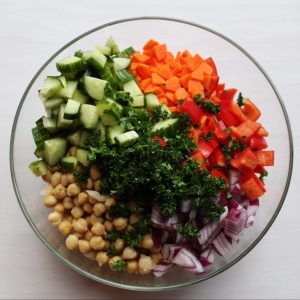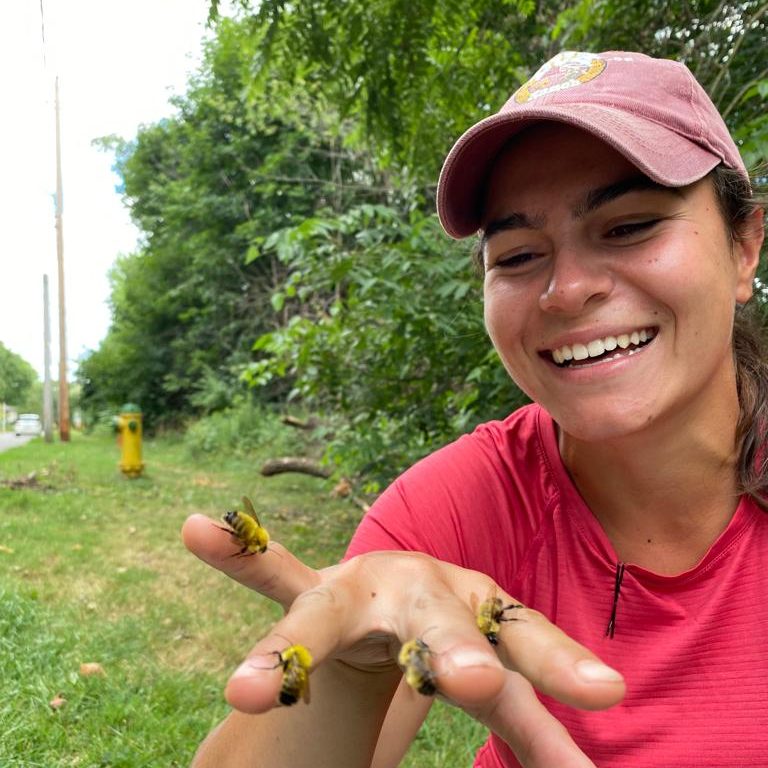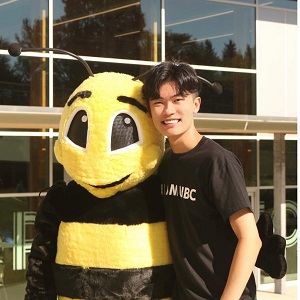Assistant or Associate Professor in Land Use and Soil Hydrology
Posted on February 16, 2023
The Faculty of Land and Food Systems at the University of British Columbia, Vancouver, Canada (www.landfood.ubc.ca) is seeking an outstanding candidate for a full-time, tenure stream position at the rank of Assistant or Associate Professor within the Applied Biology Program. The anticipated start date is January 1, 2024, although an alternate start date can be negotiated.
Applicants must have a Ph.D. in soil science, hydrology or a closely related field, supplemented with postdoctoral or equivalent experience. Candidates must demonstrate potential for outstanding research with relevance to soil hydrological processes and sustainable water management in natural and/or agricultural systems, with an emphasis on how those processes can mitigate the impacts of climate change on ecosystems. Areas of interest can include applied soil physics, irrigation and water management, soil and water conservation, watershed management, hydropedology, and applied hydrogeophysics. Applicants must demonstrate strong potential for excellence in creating an equitable, inclusive and diverse research team, and excellence in teaching undergraduate and graduate soil science courses.
As described in its Action Plan, the Faculty of Land and Food Systems prioritizes EDI and uses student-centered learning to educate new generations of scientists equipped to solve the most fundamental issues faced by society (https://www.landfood.ubc.ca/action-plan/).The successful candidate will be expected to (a) develop an independent, externally funded, and internationally recognized research program; (b) foster active collaborations in research and teaching within the Faculty of Land and Food Systems; and (c) teach courses related to soil science at the graduate and undergraduate level in the Faculty of Land and Food Systems.
Applications must be made through the University of British Columbia’s Human Resources online careers page (https://ubc.wd10.myworkdayjobs.com/ubcfacultyjobs). Applicants should submit one combined PDF file including: (1) cover letter; (2) curriculum vitae; (3) contact information of three references; (4) statement describing a five-year research plan (1-2 pages); (5) statement of teaching philosophy with evidence of potential for effective teaching (1-2 pages); and (6) statement identifying a commitment to equity, diversity and inclusion (up to 1 page). To ensure full consideration, applications must be received by May 1, 2023; however, this position will remain open until a suitable candidate is identified. If you have specific questions about the application process, please contact the Chair of the Selection Committee c/o melanie.train@ubc.ca.
Applicants are also asked to complete an equity survey. The survey information will not be used to determine eligibility for employment, but will be collated to provide data that can assist us in understanding the diversity of our applicant pool, identify potential barriers to the employment of designated equity group members, and comply with our hiring practices. Your participation in the survey is voluntary and confidential. Data collected through this survey will be held by the Dean’s office and will only be shared at the aggregate level with the hiring committee.
https://ubc.ca1.qualtrics.com/jfe/form/SV_bqoyIYrLVBOHrRc
Equity and diversity are essential to academic excellence. An open and diverse community fosters the inclusion of voices that have been underrepresented or discouraged. We encourage applications from members of groups that have been marginalized on any grounds enumerated under the B.C. Human Rights Code, including sex, sexual orientation, gender identity or expression, racialization, disability, political belief, religion, marital or family status, age, and/or status as a First Nation, Metis, Inuit, or Indigenous person. All qualified candidates are encouraged to apply; however, Canadians and permanent residents of Canada will be given priority.
Tagged with:













